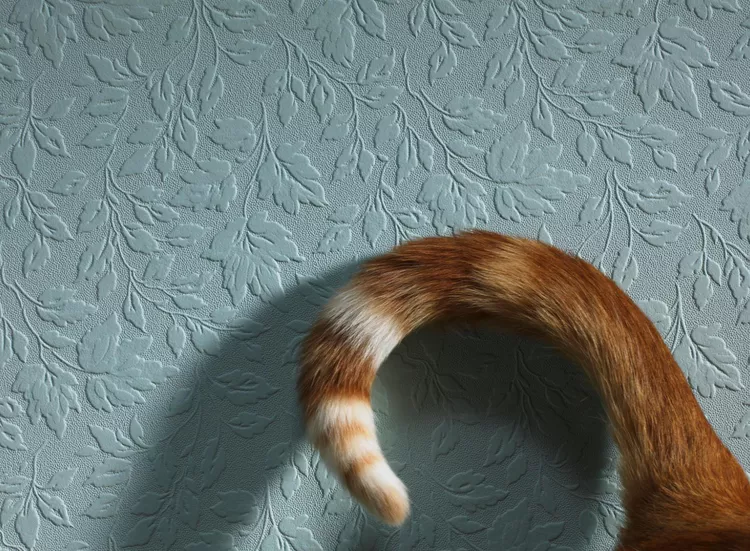Signals help define and reinforce the munchkin cats for sale social position and cat-to-people, smooth cat-to-cat, and cat-to-dog relationships.
Silent communication can be as subtle as a gently flicked tail. Misreading a cat’s clear signal may prompt a hissy fit or worse — injury to you, or your other pets.

Munchkin Cat Tail Positions
A Friendly cat tails seek to decrease the distance between individuals. The high-held tail pointed straight up is the feline equivalent of a “howdy!” and means Kitty munchkin cat for adoption welcomes attention and interaction. However, dog tails held straight up with little movement mean the opposite — and in dog-cat households in which pets don’t speak the same language, a spat may ensue. munchkin cat for sale near me
Wagging Cat Tails
Other cat tail signals warn you away with signs to increase the distance between individuals. A wagging tail tells you to “back off!” And when Kitty starts thumping the ground with her tail, she’s ready to attack. A moving tail in cats generally indicates arousal of some sort — excitement, fear, aggression — but your dog may mistake the tail-wagging cat as an invitation to approach. After all, doggy wags often mean, “come close, let’s be friends.”
The end of the tail flicking back and forth usually indicates frustration or heightened emotion. Tabby may do this when the bumbling puppy won’t back off. If this tail warning to back off is ignored, the tail escalates to lashing or thumping — and ultimately an munchkin breeder
Bristled Cat Tails
Watch Kitty’s fur level, too. Fur standing straight off the body (piloerection) indicates great arousal. A bristled tail held upright or straight behind the cat indicates aggression — watch out! But the bottlebrush tail held in an inverted U shows fear or defensiveness, and if push comes to shove, the cat will shove back with all claws bared.
Tucking the tail between the legs signals ultimate fear. That doesn’t mean Kitty won’t resort to using claws and teeth, though, if she’s cornered. You’ll usually also hear lots of hissing, growling, and other vocalizations, and the terrified cat may crouch low to the floor with ears slicked back. Or she may turn onto her back — not in submission, but to get all four claw-filled paws ready for defense. Once again, this can confuse dogs (and owners), who misinterpret rolling over as a sign of submission. Cats don’t do submission.